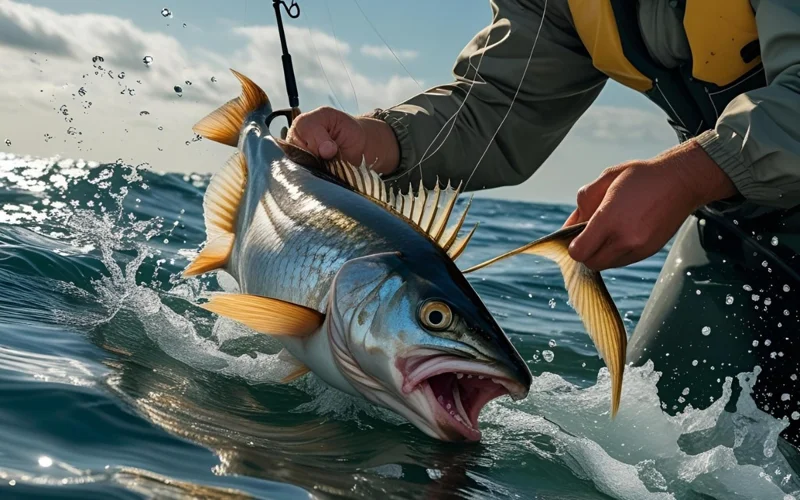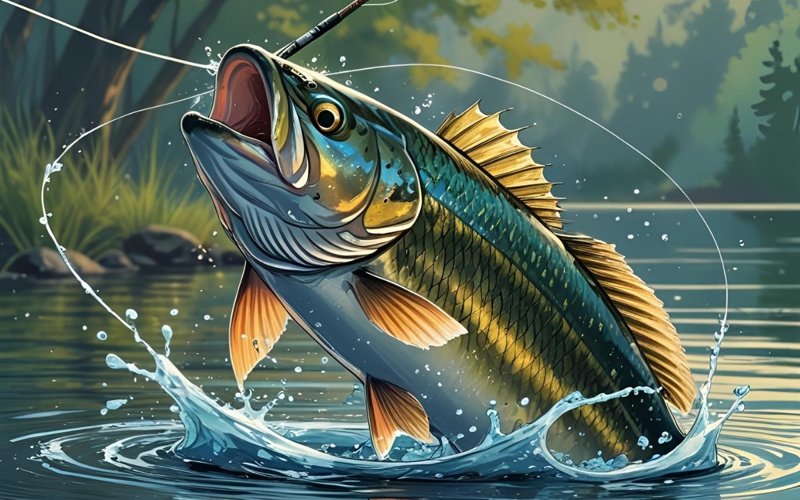Study reveals fish experience intense pain during slaughter
Every year, more than two trillion wild-caught and farmed fish are killed, yet their suffering often remains invisible to the public. A new study published in Scientific Reports sheds light on the pain fish endure during slaughter and suggests practical steps to reduce it, Kazinform News Agency correspondent reports, citing Earth.

Rainbow trout, one of the most commonly farmed fish species, experiences not only stress but also prolonged and intense pain when killed by air asphyxiation. According to the researchers, these fish suffer for an average of at least ten minutes, and in some cases, up to 25 minutes before losing consciousness.
Measuring pain in fish
Unlike environmental metrics, animal suffering has no universal scale. To address this, the researchers developed a tool called the Welfare Footprint Framework (WFF), designed to measure pain in minutes.
They identified four distinct phases of suffering in trout, from initial distress during removal from water to the eventual loss of brain activity. Using neurophysiological, behavioral, and pharmacological data, the team determined that trout typically endure about ten minutes of pain that can be categorized as painful, disabling, or even excruciating.
When calculated per unit of mass, this translates to approximately 24 minutes of suffering for every kilogram of live weight. Loss of consciousness was determined through EEG monitoring, reflex testing, and responses to stimuli.
Following removal from water, trout experience gill collapse, disrupted gas exchange, panic, a sharp rise in blood CO₂ levels, and oxygen depletion. These changes are accompanied by intense movement, convulsions, and gasping - all clear signs of ongoing distress.

Although the study focused on trout, the biological mechanisms of pain are similar across fish species, making these findings broadly relevant to the aquaculture industry.
Problems with current slaughter methods
Air asphyxiation remains a legal and widely used practice. For cold-water species like trout, chilling in ice or ice slurry merely slows metabolism and delays loss of consciousness, thereby prolonging suffering. Exposure to icy environments can also induce thermal shock, cause tissue damage, and increase fear responses.
Fish often begin to suffer well before the moment of slaughter, during capture, sorting, transport, and holding. Yet these stages are largely unregulated from an animal welfare perspective.
Alternative methods: electrical stunning
When applied correctly, electrical stunning can reduce fish suffering by an estimated 60 to 1200 minutes per dollar spent. However, in practice, its effectiveness is often compromised by improper calibration or worn-out equipment.
Mechanical stunning
Delivering a percussive blow to the head has shown high reliability under laboratory conditions, but it is difficult to scale. Variations in fish size require precise equipment adjustments, and human error can reduce efficacy. Improper application may result in fish remaining conscious during subsequent bleeding.
A new approach
The key innovation of the Welfare Footprint Framework lies in its ability to account for the probabilistic nature of pain. For instance, if there is a 40% chance that the pain experienced is disorganizing and a similar probability that it is excruciating, both outcomes are factored into the model. This allows for a nuanced assessment that reflects individual variation and scientific uncertainty.
Different species require tailored approaches and species-specific data. Some are more tolerant of low oxygen levels, while others are more susceptible to the effects of ice exposure. Future research must expand to capture this biological diversity.
Implementing more effective stunning methods, certifying equipment based on performance metrics, and providing proper staff training could significantly improve fish welfare.
Earlier, Kazinform News Agency reported that UN Chief called for radical shift in humanity’s relationship with nature.
